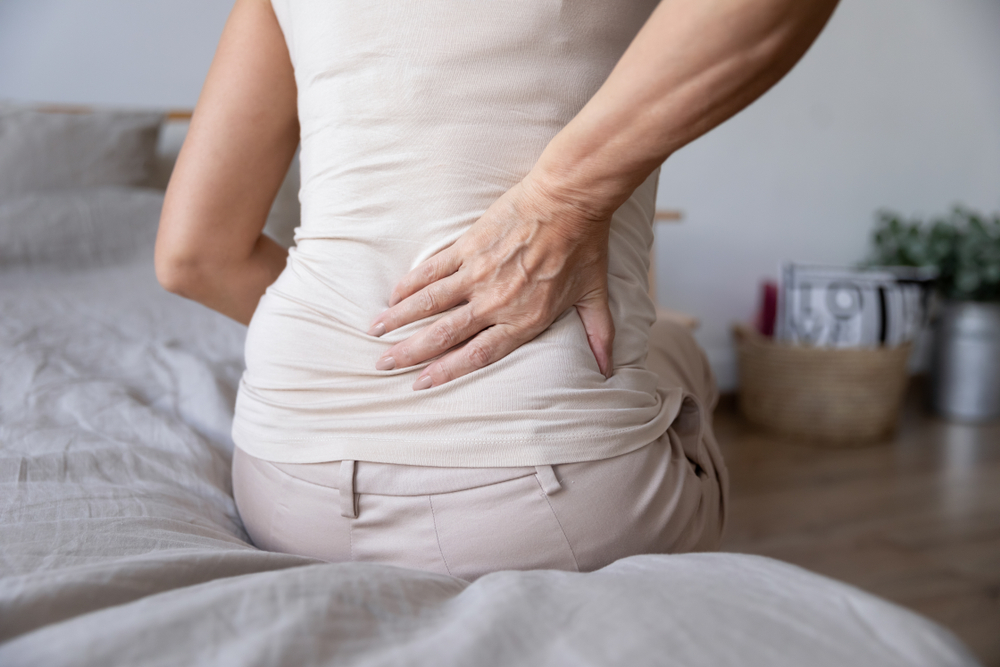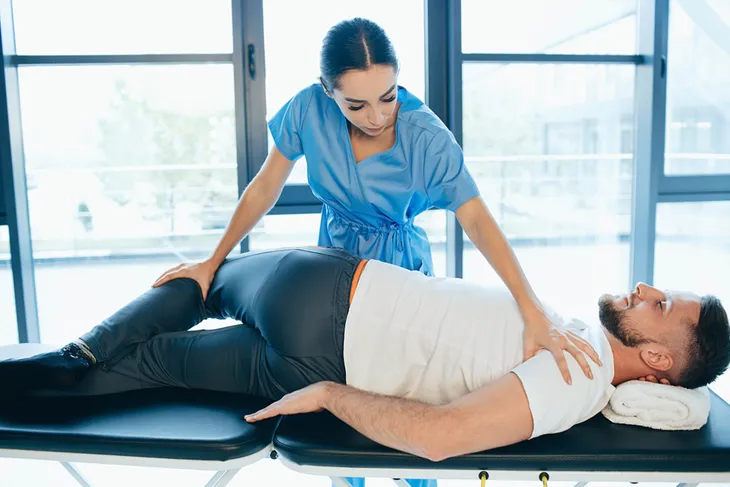Sciatica is excruciating pain (or radiculopathy) that runs down one side of the leg—from the buttocks down to the feet. Sciatic pain usually results when a nerve becomes pinched in the lower back or a herniated disk bulges into the spinal canal and compresses the sciatic nerve. The throbbing and intolerable pain of sciatica is often compared to a toothache.
Luckily, sciatica patients can find some natural relief with these eight treatments, which come recommended from an array of medical professionals and physical therapists…
Gentle Yoga
Research from the Comprehensive Pain Center at Oregon Health & Science University, links regular yoga practice to sciatica pain reduction. The study monitored a group of patients with chronic back pain during a 16-week, gentle Iyengar yoga practice.
After the 16-week period was complete, patient pain was reduced by roughly 64-percent overall. Researchers linked the effects of gentle stretching to improved muscle strength, improved flexibility and better mobility.
Alternate Ice and Heat
Even though alternation ice with heat on the area won’t do anything to reduce sciatica inflammation—physical therapists often recommend it as a “counter-irritant” method, meaning applying cold then heat for 15-minutes each can provide alternate stimuli to the area (other than pain) to reduce the agonizing discomfort.
Spinal Manipulation
According to research collected by Alberta’s National Spine Care, chiropractic relief often shows promise when other therapies to treat sciatica provide no pain relief.
The researchers found that spinal manipulation triggers the nervous system to naturally heal the area—reducing inflammation and restoring normal mobility in roughly 60-percent of patients who saw a chiropractor regularly for sciatica treatment.
Trigger Point Massage Therapy
Trigger-point massage therapy applies direct pressure to the piriformis muscle in the glutes, which lies right over top of the sciatic nerve.
This massage works to loosen the muscle and alleviate the compression that causes pain, numbness, and tingling down the affected leg. According to therapists at the American Massage Therapy Association, weekly trigger point therapy has shown promise.
Medicinal Herbs
Sciatica patients often turn to healing herbs, such as devil’s claw, which is reputed as a natural anti-inflammatory and has the endorsement of practitioners at the Arizona Center for Integrative Medicine.
The doctors claim that just 1,500-milligrams of devil’s claw, two times per day, can inhibit inflammatory response if the herb contains 50-milligrams of the active compound, harpagoside. However, patients taking blood thinners or with peptic ulcers should avoid taking devil’s claw.
Warming Acupuncture
If you suffer from sciatica, don’t brush off acupuncture until you give it a try. A 2009 study published in the Journal of Traditional Chinese Medicine exposed a group of 30 sciatica patients to warming acupuncture therapy (with heated needles). Over 50-percent of patients reported varying degrees of relief.
Natural Oils and Ointments
An array of natural oils has shown positive effects on sciatica. In fact, Tieraona Low Dog, MD, director of the fellowship at the Arizona Center for Integrative Medicine, uses OTC cayenne pepper patches and topical ointments for treating nerve pain in patients. Dr. Low Dog claims that the capsaicin in chilies obstructs the release of pain-causing compounds from nerves.
Physical Therapy
It’s difficult to imagine that movement could help sciatica when it so often seems to exacerbate the agonizing pain. However, immobility will keep the area tight while physical therapy exercises can increase blood flow to the affected area and nerve. For instance, a gentle 20-minute walk, swim, or stretching routine performed daily will strengthen muscles, reduce inflammation, improve flexibility, and stabilize the spine.











